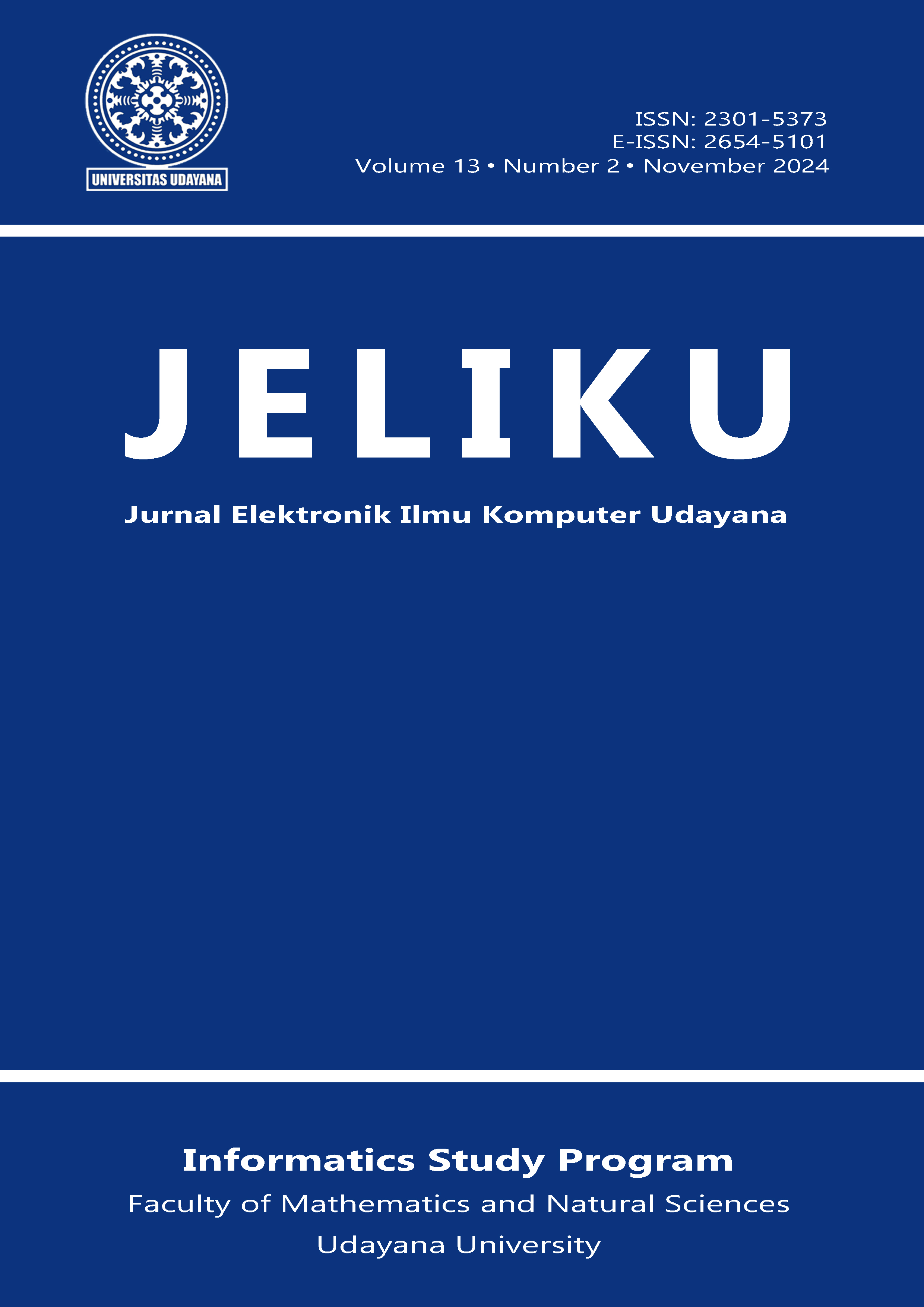Penerapan Machine Learning Dalam Analisis Sentimen dan Pemodelan Topik Data Opini Kendaraan Listrik
Abstract
Regulation of the Minister of Industry Number 6 of 2023 concerning Guidelines for Providing Government Assistance for the Purchase of Two-Wheeled Battery-Based Electric Motorized Vehicles is one of the government policies aimed at encouraging the growth of the domestic electric vehicle ecosystem. This study aims to analyze public opinion related to electric vehicles on social media Twitter and YouTube. Using the Support Vector Machine (SVM) method, this study classifies public sentiment into positive and negative, and uses Latent Dirichlet Allocation (LDA) to modelling topics in each sentiment. The results show that of the 492 public opinion test data, 244 data are labeled positive and 248 data are labeled negative. By using the parameters of polynomial kernel, C=1.0, and degree=2, the SVM model achieved accuracy, precision, recall, and F1-score of 86%. In addition, the best model for positive sentiment is the model with 3 topics resulting in a coherence value of 0.4437. The best model for negative sentiment is the model with 4 topics resulting in a coherence value of 0.47698. Data with positive sentiment discusses a lot about public support and interest in electric vehicles. Data with negative sentiment discusses a lot about electric vehicle subsidies that are less targeted.






